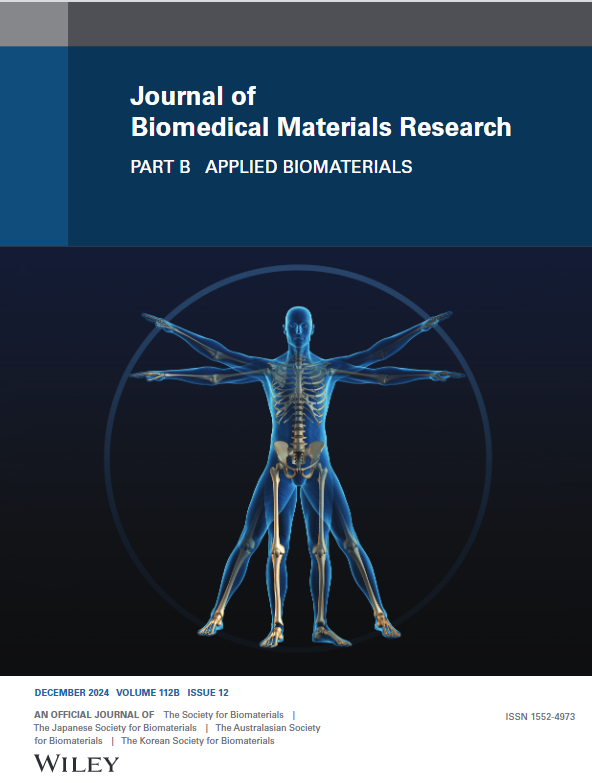Decellularised Amniotic Membrane for the Neurogenic Expression of Human Mesenchymal Stem Cells
Abstract
To observe the induction of neurogenic differentiation in human mesenchymal stem cells (hMSCs) by decellularized amniotic membrane (DAM), thereby promoting neural regeneration for peripheral neuropathy. Subcutaneous implantation and immunofluorescence staining were conducted to observe the condition of neural cells. Cell adhesion and viability were evaluated through adhesion assays and live/dead cell staining on the DAM. Spatial transcriptomics sequencing was performed to analyze the expression of genes related to adhesion and neural differentiation. Subsequently, stem cells were seeded onto the DAM, and immunofluorescence staining was used to observe neural cell markers and cell migration capabilities. Finally, a network pharmacological analysis, based on the spatial transcriptome results, was performed to identify neurological-related disorders that may be treated by DAM. The cell adhesion assays showed an increased number of adherent cells with normal morphology. Spatial transcriptomics analysis indicated that the DAM significantly upregulated genes associated with cell adhesion and neural differentiation. Immunofluorescence staining revealed that the DAM significantly induced the expression of neural marker proteins. Lastly, subcutaneous implantation demonstrated the aggregation of neural-related cells. DAM can promote stem cell adhesion, induce cell migration, and thereby enhance neural repair and regeneration in cases of peripheral neuropathy.

 求助内容:
求助内容: 应助结果提醒方式:
应助结果提醒方式:


